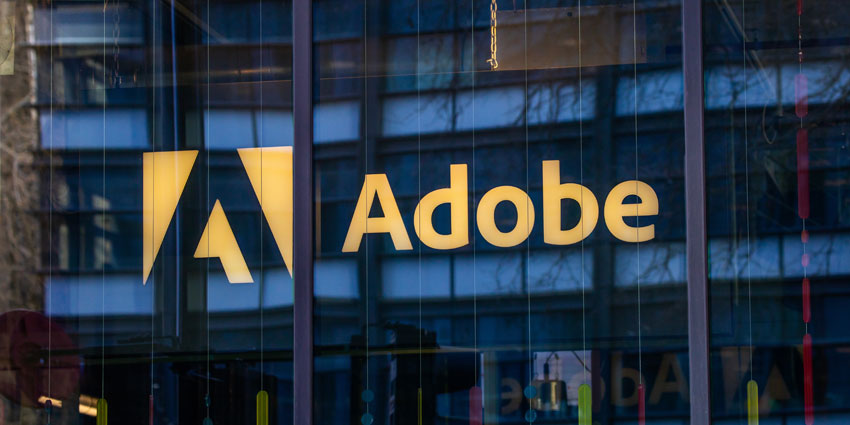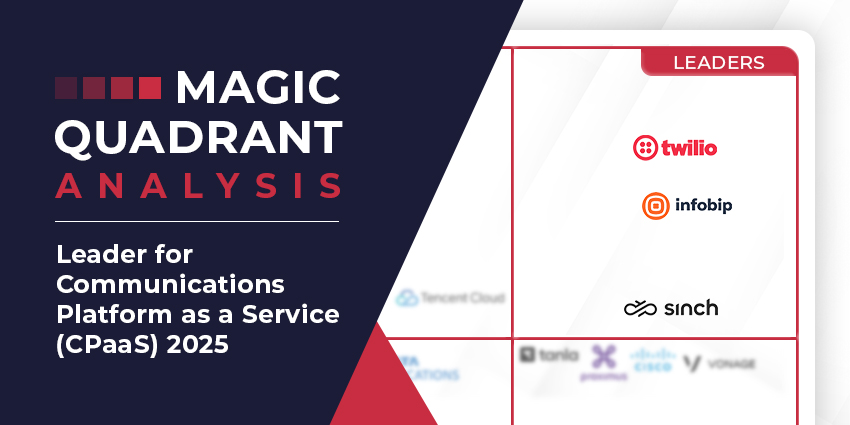Recording and reviewing past calls is a tried and tested training methodology in contact centres. A financial services company in the UK was able to improve its quality scores by 12.5% (for its Customer Service and Renewal teams) using a recordings-based training strategy. But using call recording for staff training isn’t quite as simple as recording calls, going over each and every conversation, and pointing out the errors. You need a clearly articulated training plan that uses call recording at the right junctures to illustrate and remediate staff performance.
-
Start by tagging your calls
Call tagging assigns an identifiable and informative label to every ongoing conversation. By referring to a call tag, you’ll be able to tell what the customer was like, the purpose of the conversation, the overall sentiment, and any unusual bottlenecks. Call tagging lets you look up specific real-world instances to reinforce the impact of your training materials, both demonstrating “ideal” scenarios and highlighting behaviours to avoid.
-
Leverage a sophisticated recording service
A basic call recording service is enough for meeting compliance mandates – for example, if you need to prove a conversation trail during a legal dispute. For training purposes, on the other hand, you need a more sophisticated service that helps you classify conversations, monitor random calls to check on performance, support self-conversation relay so that agents can assess themselves, and has custom tagging to meet specific training goals.
-
Encourage agents to self-score
Typically, the team leader or supervisor scores contact centre staff on fixed KRAs and this data is used for evaluation, appraisal, training, compensation, and promotions purposes. But apart from this, you should also ask agents to playback their own conversations and self-score based on various parameters. These parameters can be dynamic, reflecting new training targets.
-
Choose a single improvement area for training
A call recording can reveal a variety of problems and multiple areas for potential improvement. But you need to stay focused on a single training objective that is specific, measurable, attainable, relevant, and time-bound (SMART). Otherwise, there is a risk that the training session will go off on a tangent without extracting any meaningful outcomes from the call recordings’ insights.
-
Combine speech analytics with call recordings
Speech analytics offers an objective and data-driven evaluation of a conversation, without any risk of favouritism. It also helps to analyse large repositories of recordings in a short period of time, highlighting dominant patterns across teams. For instance, a specific team might be facing challenges in showing empathy, and customers respond with a consistent trend of frustration. Speech analytics can tell you where you might need to train the team leader to enable better staff performance.
Call recordings are a mine of information, helpful in driving your contact centre training practice. However, make sure to balance this with live call monitoring, where the team leader or supervisor remotely listens in on random conversations to check if the quality standards taught during training are followed in real-life.







